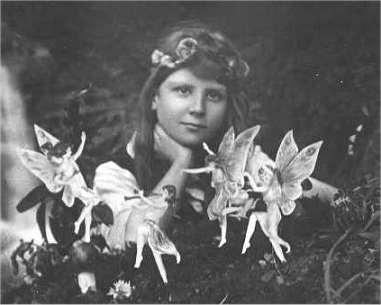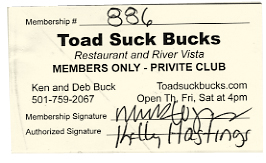There was a delightful juxtaposition of words in the Grauniad cryptic crossword a couple of weeks ago, where – when solved – one column down read FAIRY STATIONER. This set me to thinking about fairies and their stationery. For one wild moment I wondered if the Cottingley fairies had been affixed to their positions with staples, given that Elsie Wright and Frances Griffiths took their photographs in 1917 and the home stapling machine had been patented by Henry Heyl forty years before, in 1877. But then I slapped my forehead and remembered that of course the girls had used hat-pins.
Would a fairy have any use for staples at all? Or, indeed, for any kind of stationery other than scented notepaper and a ballpoint pen with which to write fairy messages to other fairies, and to such humans as possess the gift, or curse, whichsoever it may be, of being able to communicate with fairy folk? I can imagine these fey flighty bewinged sprites perhaps using treasury tags to fasten together into a sprig the stalks of daisies or campions or buttercups, but surely more robust stationery items such as hole-punches would be too heavy for them to lift? Or is it the case that fairies are deceptively strong, and can use their fairy powers to move, if not mountains, then entire cartons of thick black heavy duty marker pens?
It would be intriguing, upon a ramble through a dingly dell, to stumble upon a tiny little shop with a sign outside it saying FAIRY STATIONER, just as in the crossword. Then one could crouch and poke one’s head in the window and make a quick visual inventory to ascertain which items of stationery are commonly used by fairies, and which are not.
The Cottingley Fairies : hat-pins, not staples




